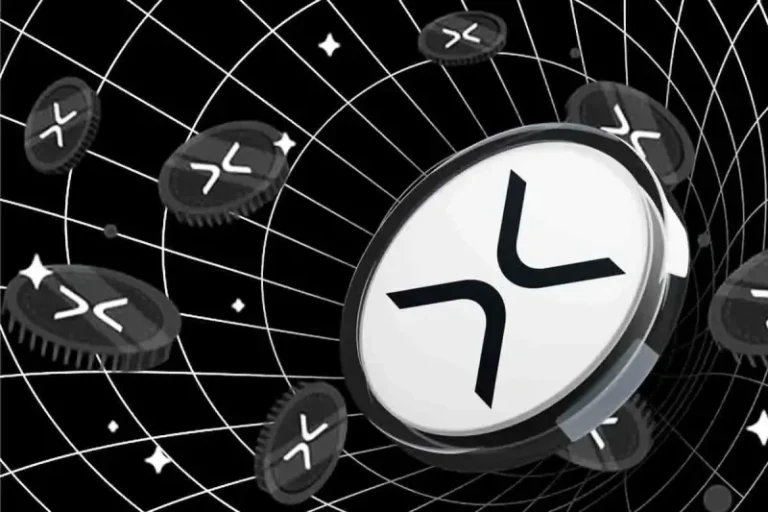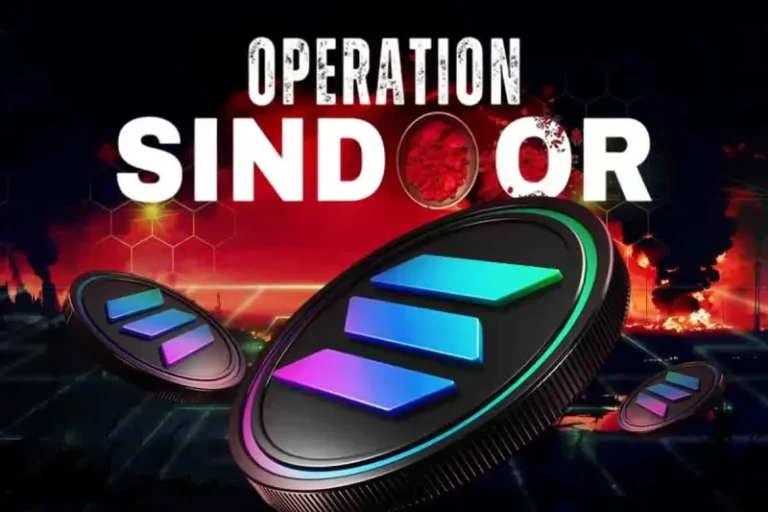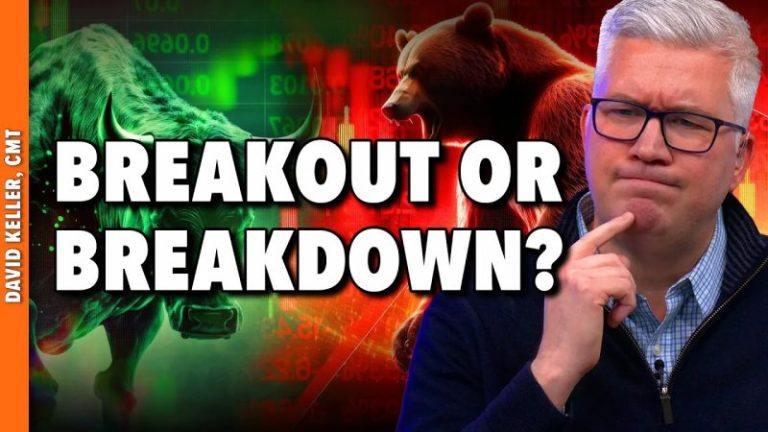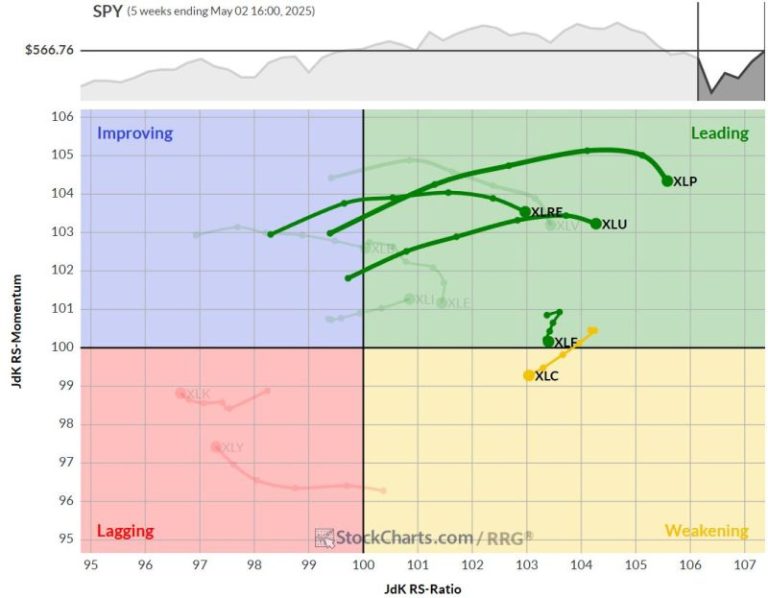In this competitive crypto market, several turn their heads to crypto prediction tools to ease their trading journey. Though, traditional crypto prediction markets often promise simplicity, they actually deliver cluttered interfaces, endless wallet approvals, and confusing user flows. These layers of friction can frustrate even seasoned DeFi users, making fast-paced predictions feel like a slow, technical grind. But the scenario is changing with this telegram bot.
Hardbeed looks to solve all the aforementioned complaints. Instead of building more complex apps, some projects like this one are exploring lightweight, non-custodial models that reduce friction and shift the user experience away from traditional web interfaces.
It offers a stripped-down experience with no user interface, no wallet connections, no deposits, and no accounts. Instead, everything happens through two smart contract addresses, with a read-only Telegram stats bot available for real-time updates.
Hardbeed—A prediction protocol without a platform
Hardbeed offers one-minute binary options on the ETH/USDC price with no website to visit or app to install. To make a prediction, users simply send ETH from their own wallet to one of two designated smart contract addresses: one for “Up,” the other for “Down.” There’s no wallet connection, no approvals, and no deposits in the traditional sense. The only transaction you make is your on-chain prediction.
At the end of each round, the outcome is determined using on-chain Uniswap v3 data, and payouts are resolved automatically by the smart contract with no off-chain intervention. If the prediction is incorrect, there is no further action as the loss is final while no funds are retained by the protocol.
All ETH at stake is pooled together, and the winners split the pot proportionally based on the size of their action. The fewer people who guessed correctly, the larger each winner’s share. Users will always need to pay gas for each transaction.
Telegram bot as the control center
Since Hardbeed does not feature a traditional frontend, the only real interface is a familiar Telegram bot. Technically speaking, it isn’t a bot in the interactive sense. It’s just there for stats. Users can check how much ETH is staked on each side of the current round, see how much time is left, and monitor recent results, much like at a roulette table.
There’s no registration, no KYC verification process, and no accounts to set up. The trustworthiness of actions is backed by Ethereum smart contracts, which means every action is public, auditable, final, and fair.
What’s most appealing about Hardbeed is the way it’s reinventing trust in a sector where scams and theft are common. Hardbeed doesn’t need slick marketing or certifications from sketchy jurisdictions to convince you it can be trusted. Instead, you place your trust in Ethereum itself. You don’t deposit funds, click any buttons, or don’t wait days for withdrawals. All you do is send ETH, and the result is final – win or lose. It’s a simplification of the prediction experience that aligns more closely with crypto’s original ethos.
Source: Telegram
A stripped-down user experience
For more advanced DeFi users, Hardbeed can be described as refreshing. There’s a certain degree of simplicity in making an on-chain prediction this way. There’s no need to worry about misclicking a UI element, connecting the wrong wallet, or wondering if your balance is stuck in limbo.
At the same time, the experience can be intimidating. There’s no “are you sure?” prompt. No timer bar. No feedback unless you check the bot or manually track your transaction. One might say the learning curve isn’t steep, but it’s sharp, especially for users who’ve only interacted with polished Web3 interfaces designed by marketing teams.
There are, of course, some drawbacks, although through no fault of Hardbeed. Since each round is just one minute, there’s very little room for error. If you send a transaction late, you might miss the round entirely. If gas is too low, your action may not be confirmed in time.
These quirks likely won’t bother more experienced users, though they may be seen as part of a learning curve for users newer to on-chain tools. That said, this is a reasonable trade-off for a system with simplicity and decentralization at its core.
Who is Hardbeed meant for?
Hardbeed’s target user seems clear: crypto natives who value autonomy, transparency, and speed over visual polish. These are likely individuals who would rather read a contract than browse a UI.
One would be forgiven for assuming Hardbeed is exclusive to tech maximalists. But anyone with a basic understanding of ETH transfers and on-chain mechanics can try it out. Since there’s no signup, no approvals, and no minimum balance requirement beyond the prediction itself, users can walk away if they aren’t pleased with the experience after just one minute.
The project launched in January 2025 and has already seen daily cumulative volumes around 14,500 ETH. That suggests a varied user base, although one would assume a few whales account for the majority of transactions. Still, the system is built to be fair for users of all kinds.
Risks and realities
It’s worth emphasizing that binary options are high-risk. Each round is an all-or-nothing kind of a deal. This isn’t where you can fold your hand after posting a big blind.
Sure, the platform removes a lot of the usual friction and middlemen, but it doesn’t remove the chance of rapid losses, especially in a one-minute cycle, which might feel like an hour. During periods of high volatility, even 10 seconds can feel like an eternity.
Since every prediction is a separate on-chain transaction, Ethereum network fees can add up quickly, especially for smaller amounts, but this is a limitation of the blockchain, not the platform itself. And while the platform requires no custodial deposits, the minimum action is dynamic, tied to the current gas price, with a floor of around 50,500 gwei * gas.
Final thoughts
Hardbeed is a fast and transparent minimalist’s binary options protocol. For the kind of user who sees too many platforms as overbuilt and over-trusted, it may feel like the most stripped-down approach to binary predictions yet.
Hardbeed removes the noise and replaces it with something rare in prediction protocols: clarity. In doing so, it offers a new model that proves fairness doesn’t require flair. For those comfortable with the risks, it’s setting the standard for what on-chain prediction protocols can achieve.
The post Tired Of Complex Crypto Prediction? Check Hardbeed—A No-UI Telegram Bot That Is Changing The Market appeared first on CoinGape.










